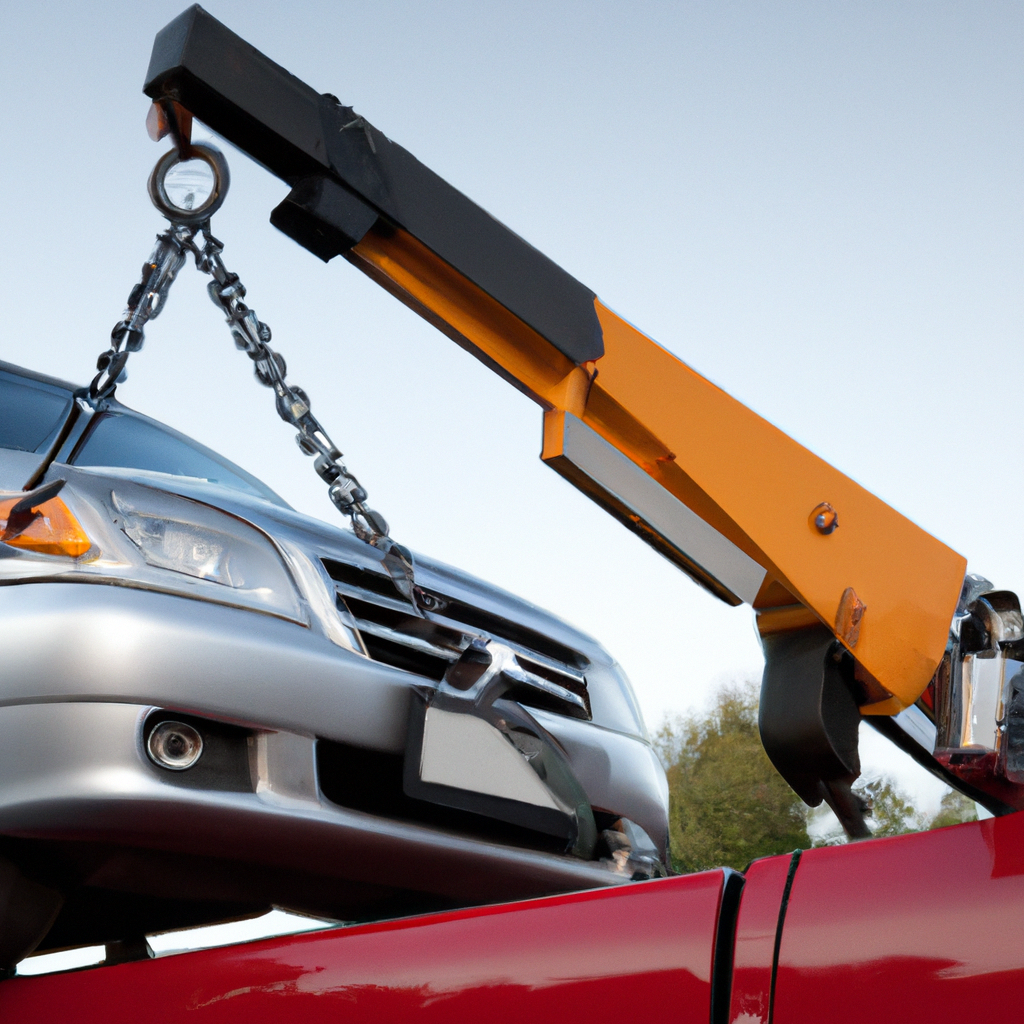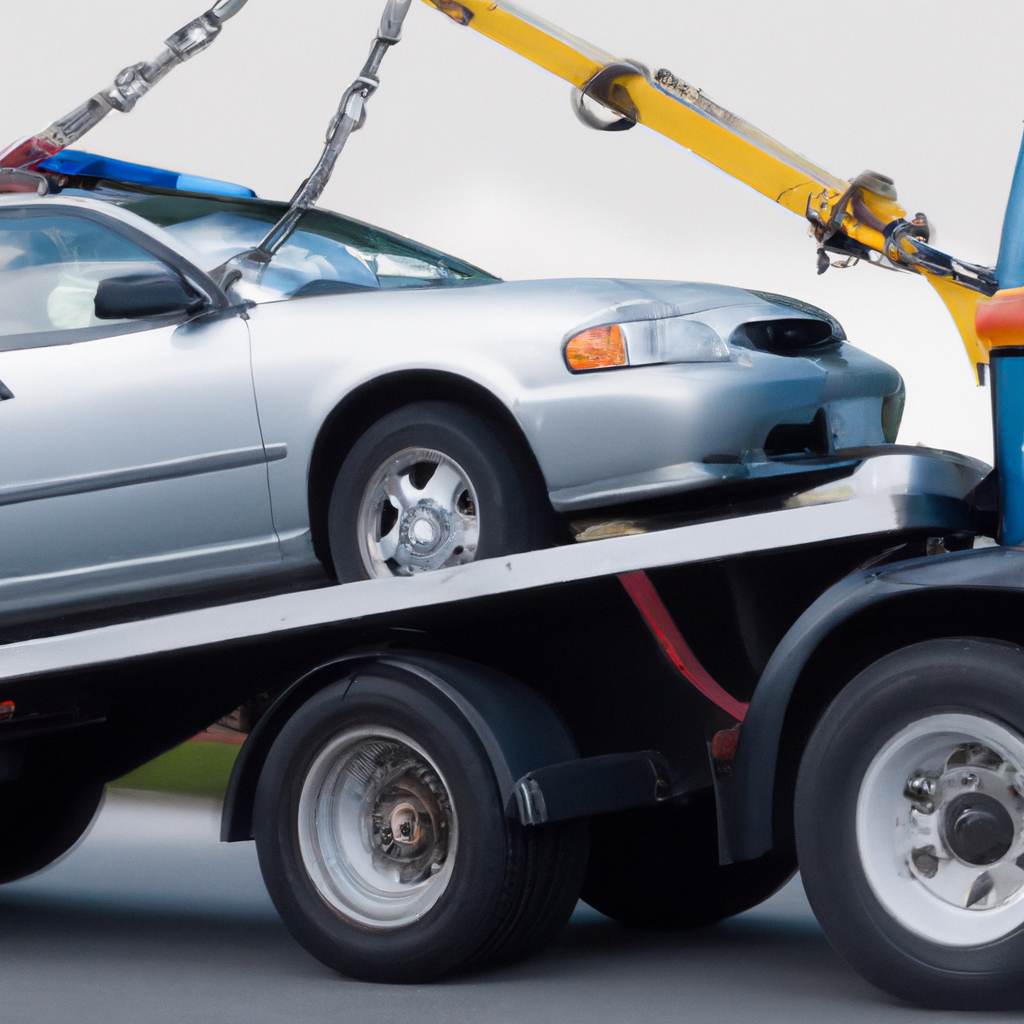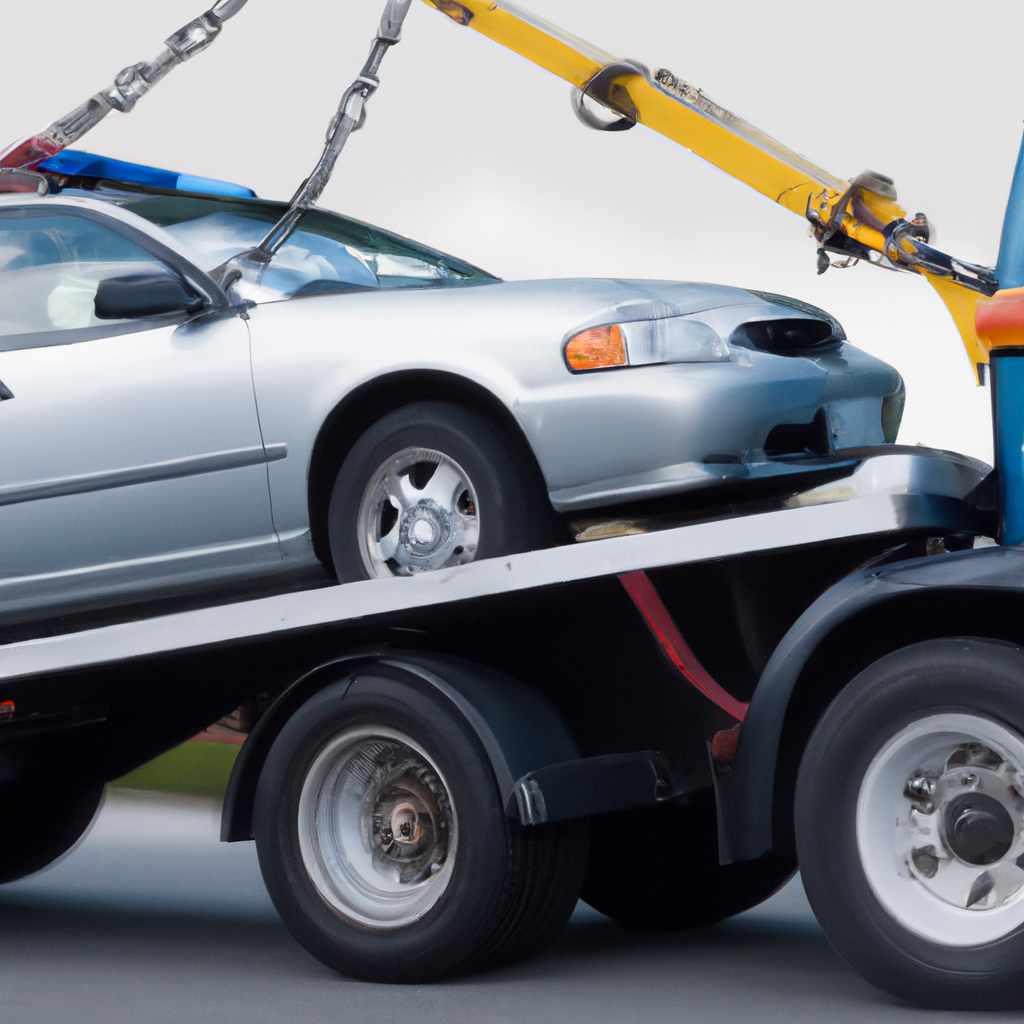When it comes to towing a vehicle, ensuring optimal safety and efficiency is crucial. And one question that often arises is whether or not to put a car in neutral during the towing process. By understanding the importance of this decision, you can make an informed choice that will protect both your vehicle and those around you on the road. So, let’s explore the factors involved in putting a car in neutral when towing to ensure a smooth and secure towing experience.
The Importance of Putting a Car in Neutral When Towing
When it comes to towing a car, putting it in neutral is a crucial step that should not be overlooked. By doing so, you ensure the safety of both the towing vehicle and the towed car, while also preventing potential damage to the transmission. Additionally, putting a car in neutral helps reduce wear and tear on the towing vehicle, prolonging its lifespan and minimizing maintenance costs. In this article, we will provide a comprehensive guide on how to put a car in neutral when towing, address common questions and concerns, discuss legal considerations, and emphasize the importance of this practice.
Ensuring Safety
Putting a car in neutral when towing is essential for the safety of everyone involved. When a car is in neutral, it disengages the transmission from the wheels, preventing any potential strain on the drivetrain. This ensures that the towed car can roll freely without resistance, reducing the risk of accidents or damage to the towing vehicle. By maintaining control over the car being towed, you can avoid sudden jerks or unexpected movements, making the towing process safer and more manageable.

Avoiding Damage to the Transmission
The transmission of a car is a complex and delicate system that requires proper care and maintenance. When a car is towed with the transmission engaged, it can cause unnecessary strain on the gears, leading to significant damage in the long run. By putting the car in neutral, you disconnect the transmission from the wheels, allowing the car to be towed smoothly without putting excessive stress on the gears. This simple step can save you from costly transmission repairs and prolong the overall lifespan of your vehicle.
Reducing Wear and Tear on the Towing Vehicle
When towing a car, the strain it puts on the towing vehicle is inevitable. However, putting the towed car in neutral can significantly reduce the wear and tear on the towing vehicle. By disengaging the transmission, the resistance caused by the gears is eliminated, reducing the workload for the towing vehicle’s engine and drivetrain. This can result in improved fuel efficiency, decreased overheating, and reduced strain on various components. By taking this precautionary measure, you can minimize the potential damages and extend the longevity of your towing vehicle.

Step-by-Step Guide for Putting a Car in Neutral When Towing
To ensure a smooth and safe towing process, follow these step-by-step guidelines for putting a car in neutral:
Ensure the Towing Vehicle and the Towed Car are Stationary
Before attempting to put the car in neutral, ensure that both the towing vehicle and the towed car are parked and stationary. This is crucial to prevent any unwanted movement while shifting gears or disconnecting the drivetrain.
Engage the Parking Brake
Once both vehicles are stationary, engage the parking brake of the towed car. This adds an extra layer of security and prevents the car from rolling or shifting during the towing process.
Start the Towing Vehicle
Start the engine of the towing vehicle and let it run for a moment to ensure everything is functioning correctly. It is crucial to have the power and control necessary to safely tow another vehicle.
Shift the Towing Vehicle into Neutral
With the engine running, shift the transmission of the towing vehicle into neutral. This disengages the drivetrain and allows the wheels to spin freely without transmitting power from the engine. Always refer to the towing vehicle’s manual for specific instructions on how to shift into neutral.
Disconnect the Driveshaft (if applicable)
In some cases, if you are towing a rear-wheel-drive vehicle with a manual transmission, it may be necessary to disconnect the driveshaft to prevent damage to the transmission. Consult the car’s manual or seek professional advice on the proper procedure for disconnecting the driveshaft, if applicable.
Secure the Towed Vehicle
Ensure that the towed car is securely attached to the towing vehicle using appropriate towing equipment. This may involve using straps, chains, or a trailer hitch, depending on the towing method you are employing. Double-check all connections and make sure they are tightly secured before proceeding.
Check the Towing Vehicle’s Manual (if needed)
Lastly, consult the towing vehicle’s manual for any specific instructions or precautions related to towing. Different vehicles may have unique recommendations or limitations, so it is important to familiarize yourself with the towing guidelines provided by the manufacturer.
Common Questions and Concerns
Can I Put the Towed Car in Neutral?
Yes, it is highly recommended to put the towed car in neutral when being towed. By doing so, you disengage the transmission and prevent potential damage to the drivetrain.
What If My Car Doesn’t Have Neutral Gear?
If your car does not have a manual transmission and does not have a neutral gear, consult the car’s manual or contact a professional to determine the appropriate procedure for towing. In some cases, special considerations or equipment may be required.
What If My Car is an Automatic Transmission?
Even with an automatic transmission, it is still important to put the car in neutral when towing. Most automatic transmissions have a neutral gear specifically for this purpose. Refer to your car’s manual for instructions on how to shift into neutral.
Do I Need to Use a Trailer?
Using a trailer is an excellent and often the safest method of towing a car. However, depending on the situation, other methods such as flat towing or using a tow bar may be suitable. The choice of towing method depends on factors such as distance, terrain, and the weight of the towed car. Selecting the appropriate method is crucial to ensure a safe and successful towing experience.
Can I Leave the Car in Park or Drive?
No, leaving the car in park or drive while towing is not recommended. It can lead to significant damage to the transmission and potentially cause accidents. Always put the car in neutral when towing, and consult your car’s manual for specific instructions.
What Speed Can I Tow a Car in Neutral?
The speed at which you can tow a car in neutral depends on various factors such as the towing vehicle’s capabilities, road conditions, and local regulations. Always follow the speed limits and guidelines provided by your local authorities. Additionally, consider the weight and size of the towed car to ensure safe and controlled towing at all times.
Legal Considerations When Towing a Car
Towing a car involves legal considerations that must be taken seriously. It is essential to familiarize yourself with the local laws and regulations regarding the towing process. This includes understanding the legal requirements for towing equipment, such as tow bars, safety chains, and trailer hitches. Additionally, ensure that you have adequate insurance coverage to protect yourself and your assets in the event of any accidents or damages.
Conclusion
Putting a car in neutral when towing is not just a matter of convenience; it is a crucial step in ensuring the safety of everyone involved and protecting your vehicle. By following the step-by-step guide outlined in this article, you can confidently put your car in neutral, reduce the risk of transmission damage, and minimize wear and tear on the towing vehicle. Always prioritize safety, consult your car’s manual when necessary, and adhere to local laws and regulations. By doing so, you can have a stress-free towing experience while safeguarding your investment.
